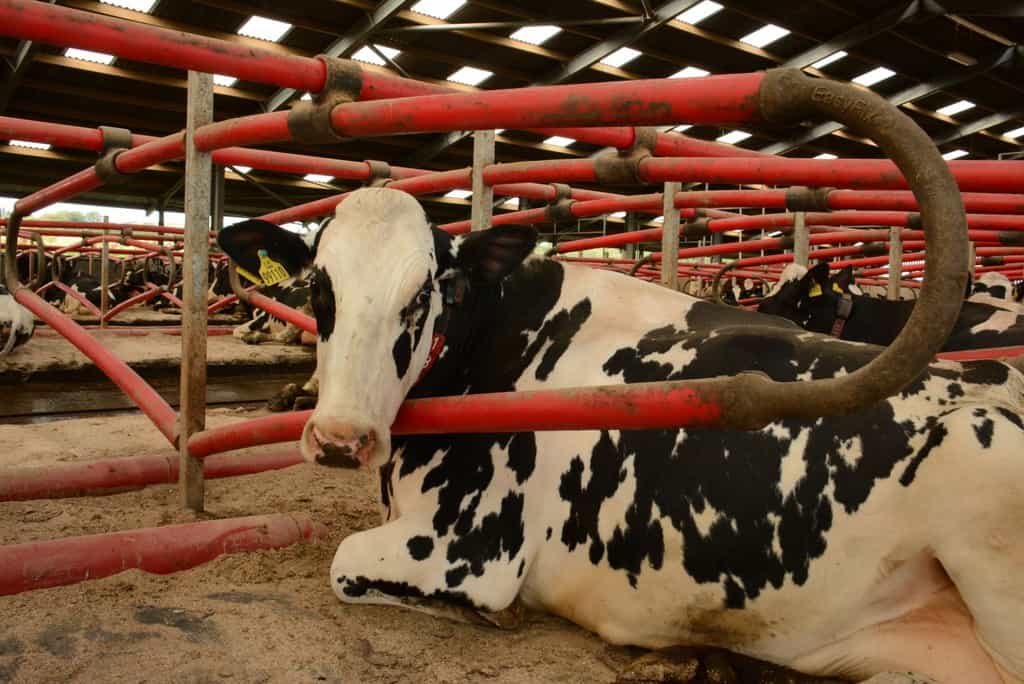The 1st. of January 2018 dairy herd statistics for Scotland released by the Scottish Dairy Cattle Association compared to January 2017 show an overall decrease of 39 herds but an increase of 5622 milking cows. The average herd size has now increased to 195 up 14 on the year the highest on record and total milking cows at 178928 the highest since 1997.
In Scotland there are now only 918 dairy herds compared to 5735 herds when records began in 1903. The largest dairying county continues to be Ayrshire with 35698 cows closely followed by Dumfriesshire, Wigtownshire and Kirkcudbrightshire.
Dairy herds that are officially milk recorded have increased on the year by 110 to 657 partly due to an EU incentive but also due to milk buyers and farmers realising the financial benefits of improving milk quality and lowering cell counts as well as the other benefits of pregnancy checking and disease monitoring.
Commenting Janette Mathie the secretary of the SDCA said ‘During 2018 we know of more herds intending to cease milk production this year but we also know of entirely new herds starting, up as there were during 2017, but the overall trend of less herds and more cows will continue.’
NFU Scotland Vice President Gary Mitchell said: “The decline in the number of dairy farmers in Scotland is disappointing and leads to worries about a critical mass of producers being retained, particularly in more remote areas.
“In previous dairy downturns, many producers have been able to ride out the storm but the dairy crisis of 2015/16 has been particularly damaging and left many dairy farmers with little appetite for continuing to milk cows. Constantly dealing with volatility, difficulties in sourcing labour and the lack of a successor coming on who is prepared to milk cows will all have been factors in the decline in dairy farms.
“And although dairy cow numbers are up, this may mask changes further ahead. Before the steep price falls in 2015 and 2016, dairy semen usage was high and these will be the cows entering herds now. Since that downturn, anecdotal evidence suggests a significant uptake in beef semen in dairy herds and that is likely to be reflected in a sharp reduction in dairy youngstock numbers in the forthcoming census.”
NFU Scotland Milk Policy Manager George Jamieson added: “Even with the high levels of efficiency and one of the largest average herd size in Europe, Scottish dairy farmers are leaving due a combination of factors, but the lack of margin, and a feeling of being at the sharp end of volatility and supply chain competition is a key factor. NFUS believes that the dairy supply chain must value sustainable production, by collaborating with farmers on milk supply, pricing and future investment.
“On labour, NFUS and the Scottish Dairy Hub is developing a Dairy Specific Modern Apprenticeship, to offer young people a clear and well-structured route into the high skilled career in the dairy sector.”






